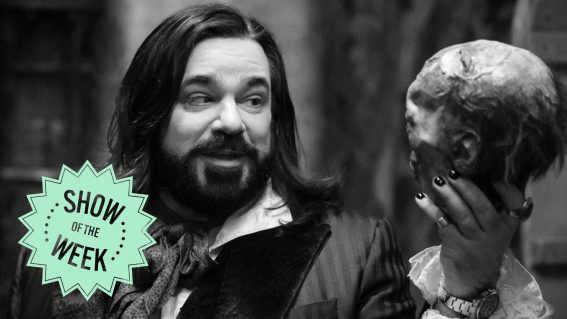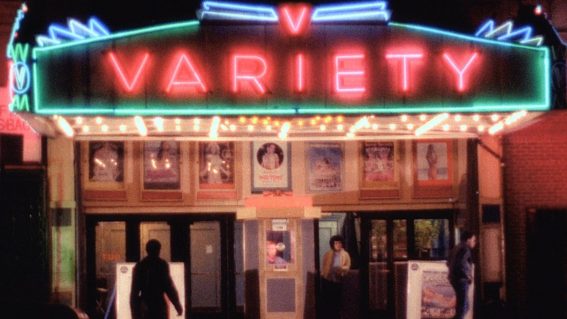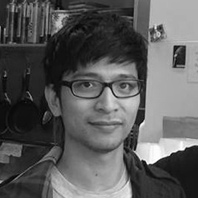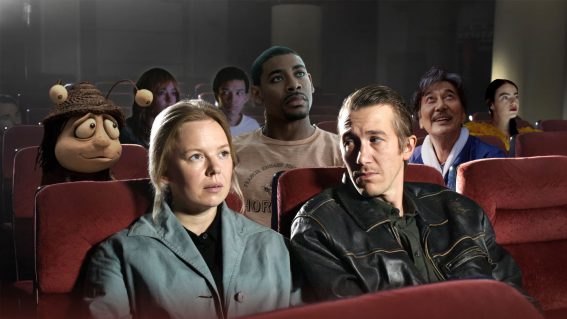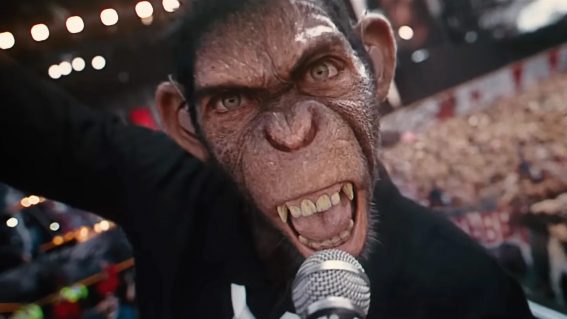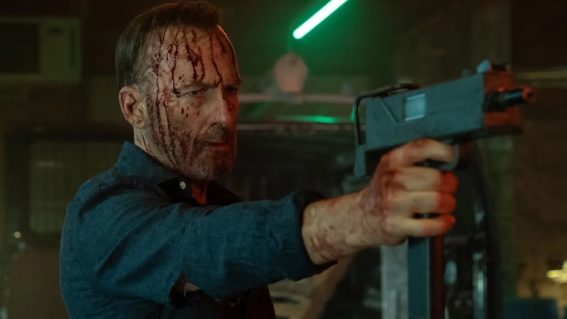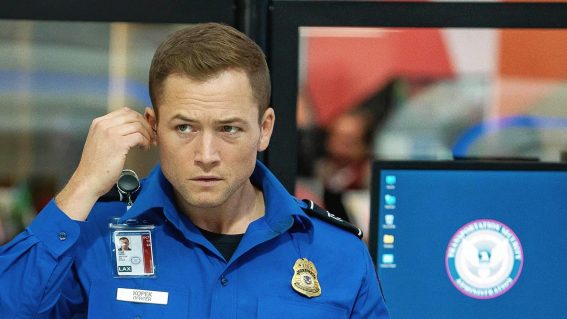Stephen King’s right: Teacup is ‘all killer, no filler’
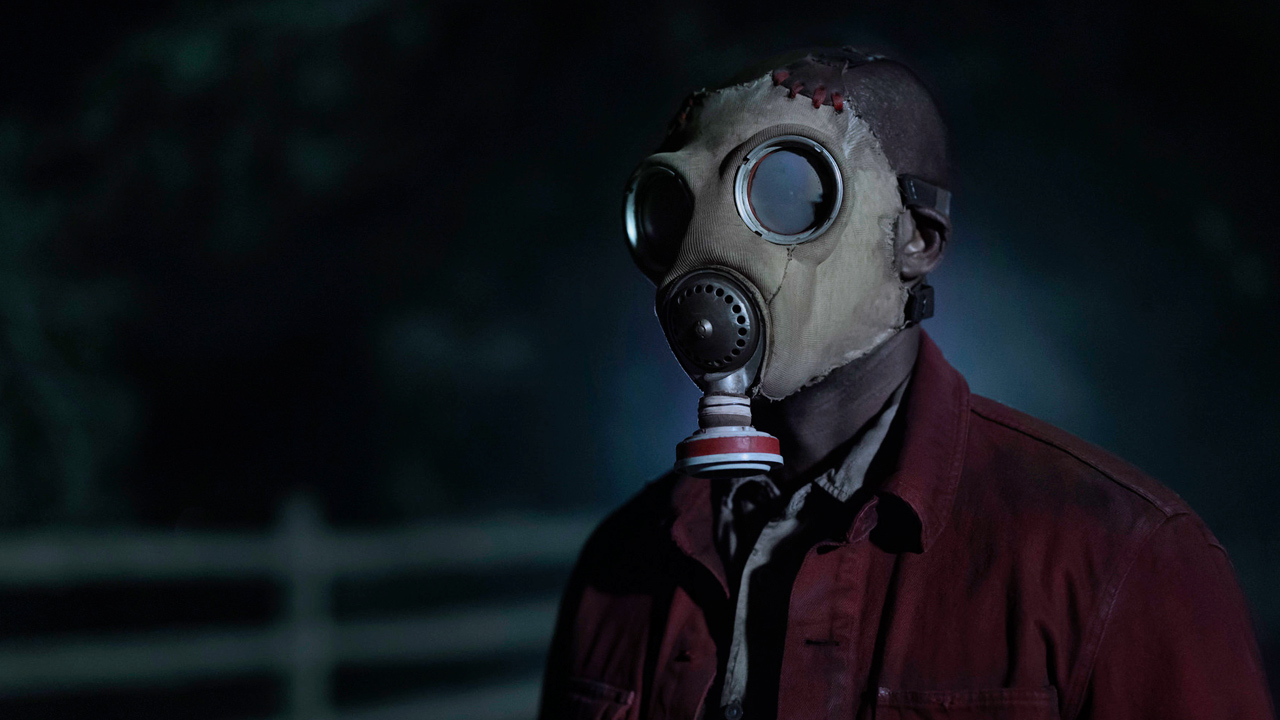
The new Stephen King-approved horror series Teacup is thoroughly bingeable and moreish, delivering thrills and spills at lightning speed, writes Luke Buckmaster.
There’s something strange in them thar woods! The first scene in Teacup takes place in a lovely forest with lush green trees, where a blood-smeared lady quickly kills the vibes, muttering “murder may occur” in a possessed-sounding voice. This early moment suggests creator Ian McCulloch’s series, inspired by Robert R. McCammon’s novel Stinger and produced by James Wan, probably won’t be breaking new ground or delivering “elevated” horror with a socially conscientious subtext. But hot damn the show has oomph—a fine example of genre thrills and spills delivered with pressure-packed pacing. In the words of Stephen King, an early champion of the show, it’s “all killer, no filler.”
King was perhaps alluding to Teacup‘s uncluttered, high voltage plot, largely set on a American farm that would look idyllic—green pastures, rolling hills etcetera—were it not for a thick coating of sticky-icky atmospheria. Understanding that spooking goings on mean little without emotional foundation, the writers sprinkle in drizzles of family drama, establishing that the married couple living there—Maggie (Yvonne Strahovski) and James (Scott Speedman)—are navigating a dark period in their relationship. Living with them is their nine-year-old son Arlo (Caleb Dolden) and sassy 16-year-old daughter Meryl (Emilie Bierre).
The writers also understand that animals and children are always effective vehicles to convey intangible terror. Something is wrong with the horses; something spooked ‘em good. And when Arlo wanders off into the woods by himself, you can feel it’s not going to end well, particularly when he bumps into the aforementioned woman who presumably suffers extreme halitosis. Sometimes kids in horror productions are disturbed in a mannered sort of way (Haley Joel Osment in The Sixth Sense), sometimes in a jumpy and shouty way (Noah Wiseman in The Babadook), and sometimes in projectile-vomiting ways no amount of counseling sessions can cure (Linda Blair in The Exorcist).
I won’t say which category Arlo falls into; that would be telling. As this is teased out, the show busies itself introducing other elements to create narrative vantage points to jump between. These include the presence of a person in a gas mask (“Beware the Gas Mask Man,” said King) who communicates by writing words on a portable whiteboard. Including—most memorably—“don’t cross the line.”
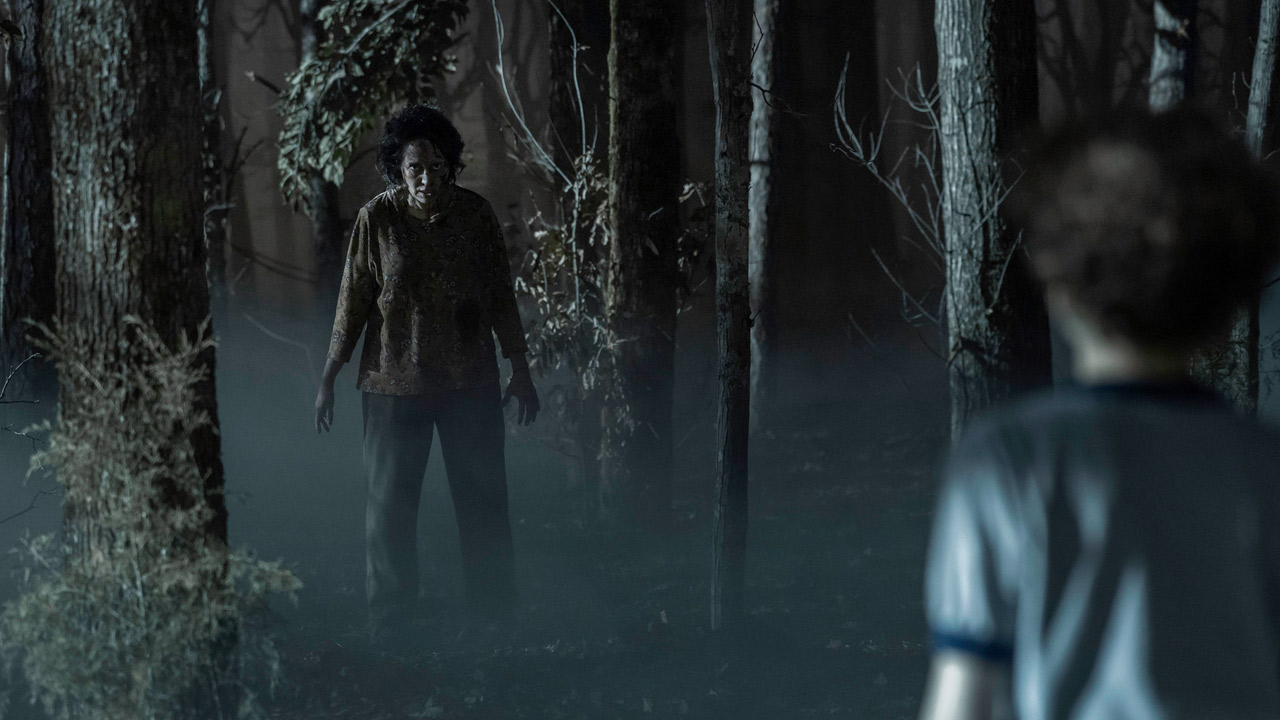
In real-life, when we talk about not crossing a line, it’s generally in the context of not behaving inappropriately. In Teacup it’s literalised, as a blue circle the man has painted around the property, spatially containing the drama, at least for a little while. This simple but effective touch evokes obvious questions, i.e. what happens if you cross it? And more broadly, what the hell is going on? These questions are eventually answered, as the show—directed by E. L. Katz, Kevin Tancharoen, Chloe Okuno and John Hyams—juggles delaying and stretching reveals with the deployment of various twists and turns.
Establishing narrative rhythms, as this series reminds us, involves juggling foreground and background elements: immediate scenarios that beg to be resolved compared to the broad reasons they’re happening in the first place. Horror productions like this, which emphasise single locations—in this case the farmstead—often tilt towards slow-moving, brooding experiences. For instance the Lovecraftian movie Colour Out of Space, which is also set on a farm, and has other similarities that don’t need to be divulged here. Ditto for the title of a famous John Carpenter film one ongoing plot scenario triggers, particularly towards the end of the series.
There’s nothing wrong with slow and brooding, but sticky atmosphere and muscular plotting can be very gratifying. Teacup has both. Some aspects of the narrative feel, perhaps unavoidably, a little fusty; particularly when we hear dialogue like “there’s something out there.” But the writers never rest on their laurels and the pace roars along.


